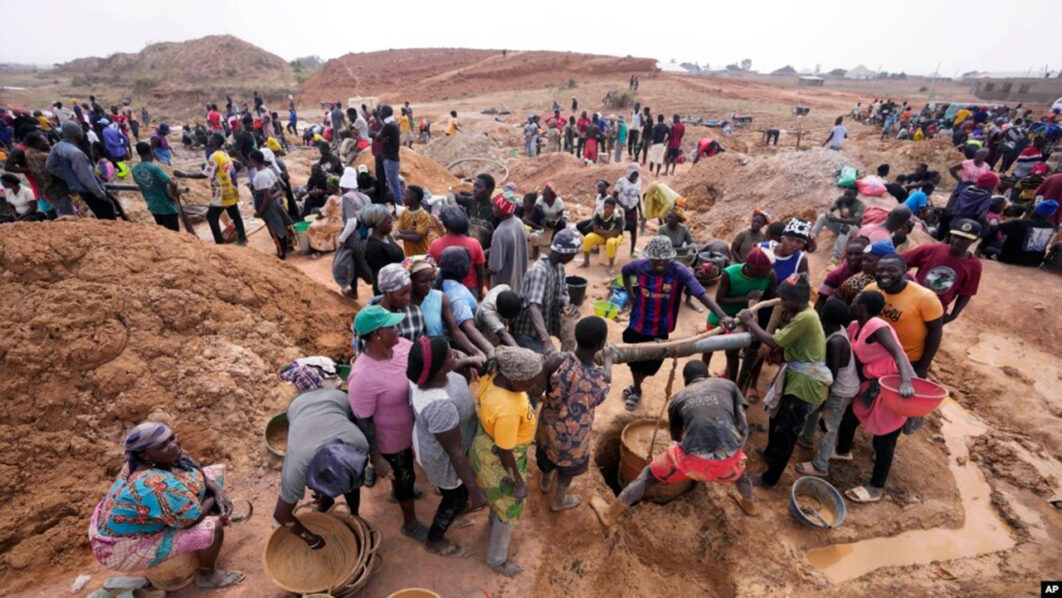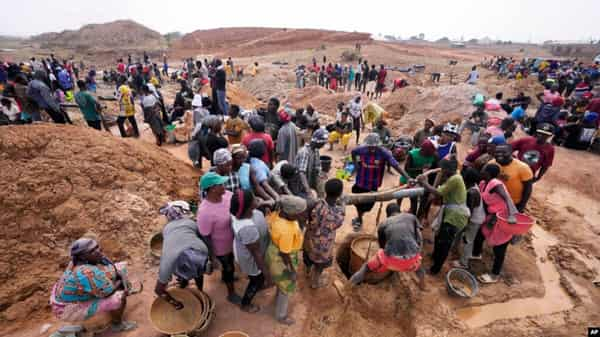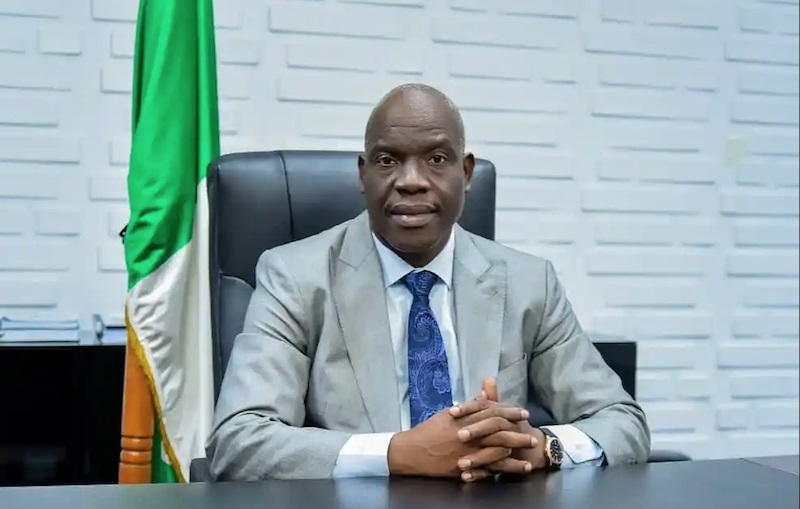
Stakeholders have raised concerns over the security of critical minerals required to drive energy transition as the vulnerability of the value chain and illegal mining persist.
Analysts at the International Energy Agency (IEA), in a new report, noted that geopolitical tensions and reliance on smaller supply stocks, which may send prices higher and affect manufacturing competitiveness, should force governments across the world to step up actions for the protection of the assets.
In Nigeria, while the discovery of high-grade lithium is projected to potentially improve the economy, the sector is dominated by illegal miners even as some analysts are predicting that minerals may continue to fuel insecurity in the country.
Crises in places like Zamfara have been linked to such development amidst concerns over the future of agriculture and land disputes in those communities. As the world transitions into renewable energy sources, oil and gas resources, which have sustained most economies in Africa, are being left behind. Africa has the largest sources of solar resource potential in the world, but it is largely used.
The renewable energy revolution is dependent on critical metals for the manufacturing of wind turbines, solar panels, battery energy storage systems and electric vehicles.
The size of the electric vehicles market is estimated to rise from its current $7 trillion to $57 trillion by 2050, with projections showing a 500 per cent increase in demand for cobalt, graphite and lithium in the next two years.
A study by Bloomberg indicated that manufacturing lithium-ion precursor batteries would be three times less expensive in the Democratic Republic of Congo, now engulfed in crisis, than in the United States, Poland and China, but that the resources are only mined to develop value chains in developed countries.
Being a mere exporter of raw resources amidst geopolitical issues would not allow Africa to build its industrial manufacturing capabilities with infrastructure, skills, knowledge, competencies and investment partnerships.
The critical mineral markets have seen dramatic price swings in recent years. Lithium prices soared eightfold between 2021 and 2022 before plunging over 80 per cent since 2023 Nickel, cobalt and graphite prices have halved.
Despite steady demand growth, lithium at 25 per year and other key minerals at a seven to 10 per cent rise in supply from Africa, Indonesia and China, along with an oversupply of battery components, have driven prices down.
IEA noted that while today’s markets appear well supplied, long-term security remains uncertain, noting that trade restrictions, particularly from China, have intensified and projections indicate that demand for copper and lithium in 2035 could far exceed available supply.
While Africa has large resources, more than 75 per cent of planned refining projects for lithium, nickel and cobalt and over 90 per cent for battery-grade graphite are concentrated in just three countries pointing to global vulnerability.
According to the analysts, if China (for lithium, cobalt and graphite) or Indonesia (for nickel) were removed from the supply chain, the remaining stock would be insufficient.
The experts added that by 2035, cobalt and graphite production would cover only 25-30 per cent of global demand, while nickel and lithium would meet just 55 per cent and 60 per cent respectively.
This fragility leaves supply chains exposed to geopolitical tensions, extreme weather, and trade disputes. Export restrictions on critical minerals are escalating. Since late 2023, China has imposed controls on graphite exports, expanded them in 2024 and added tungsten, tellurium, bismuth, indium and molybdenum, which are essential for defence and high-tech industries.
IEA said the restrictions highlight the risks of concentrated supply as any disruption could inflate technology costs, drive inflation, and undermine manufacturing competitiveness.
It also noted that a critical mineral supply shock could cause severe price spikes, as seen in 2010 when China’s rare earth export restrictions drove up prices tenfold. A similar scenario with battery-grade graphite could increase global battery pack costs by 45 per cent, reducing electric vehicle (EV) affordability and slowing adoption.
Currently, battery costs vary significantly by region. In 2024, U.S. battery prices were 30 per cent higher than China’s, while Europe’s were 50 per cent higher.
IEA said a graphite-driven price spike could push these gaps to 60-70 per cent, making EVs nearly twice as expensive in the U.S. and 75 per cent more costly in Europe.
Beyond consumer prices, supply disruptions could cripple domestic manufacturing ambitions. Battery cell production costs are already 40-50 per cent higher in the U.S. and Europe than in China.
It also projected a fivefold graphite price surge that would widen the gap to 70 per cent, severely weakening competitiveness and risking job losses in emerging battery hubs like the U.S., Europe, Korea and Japan.
Calling for stronger critical minerals security, IEA said ensuring secure and diversified critical mineral supply chains is essential for the future of clean energy, economic stability, and technological advancement. It added that without swift action, the risks of disruption and their economic consequences would worsen.






